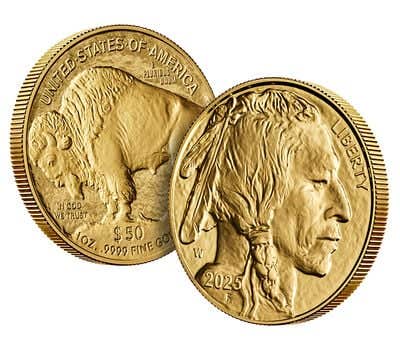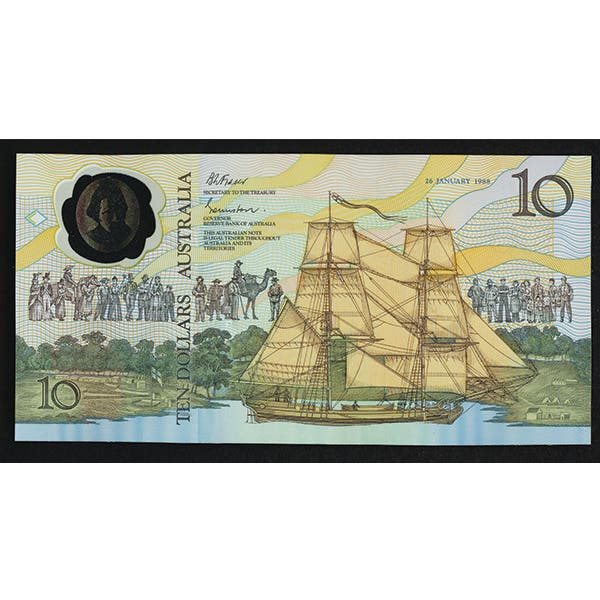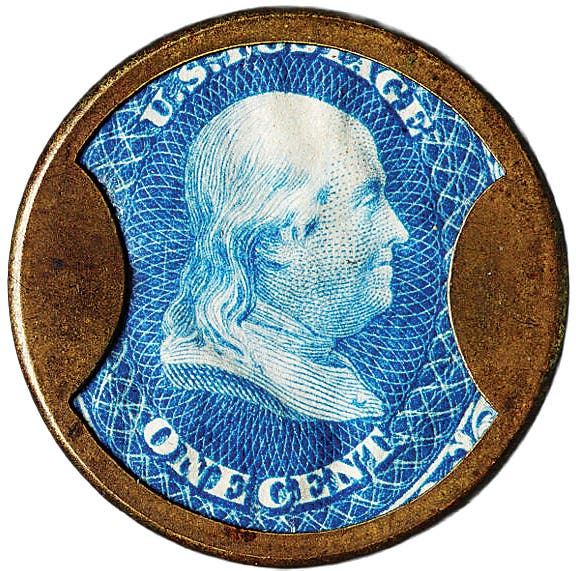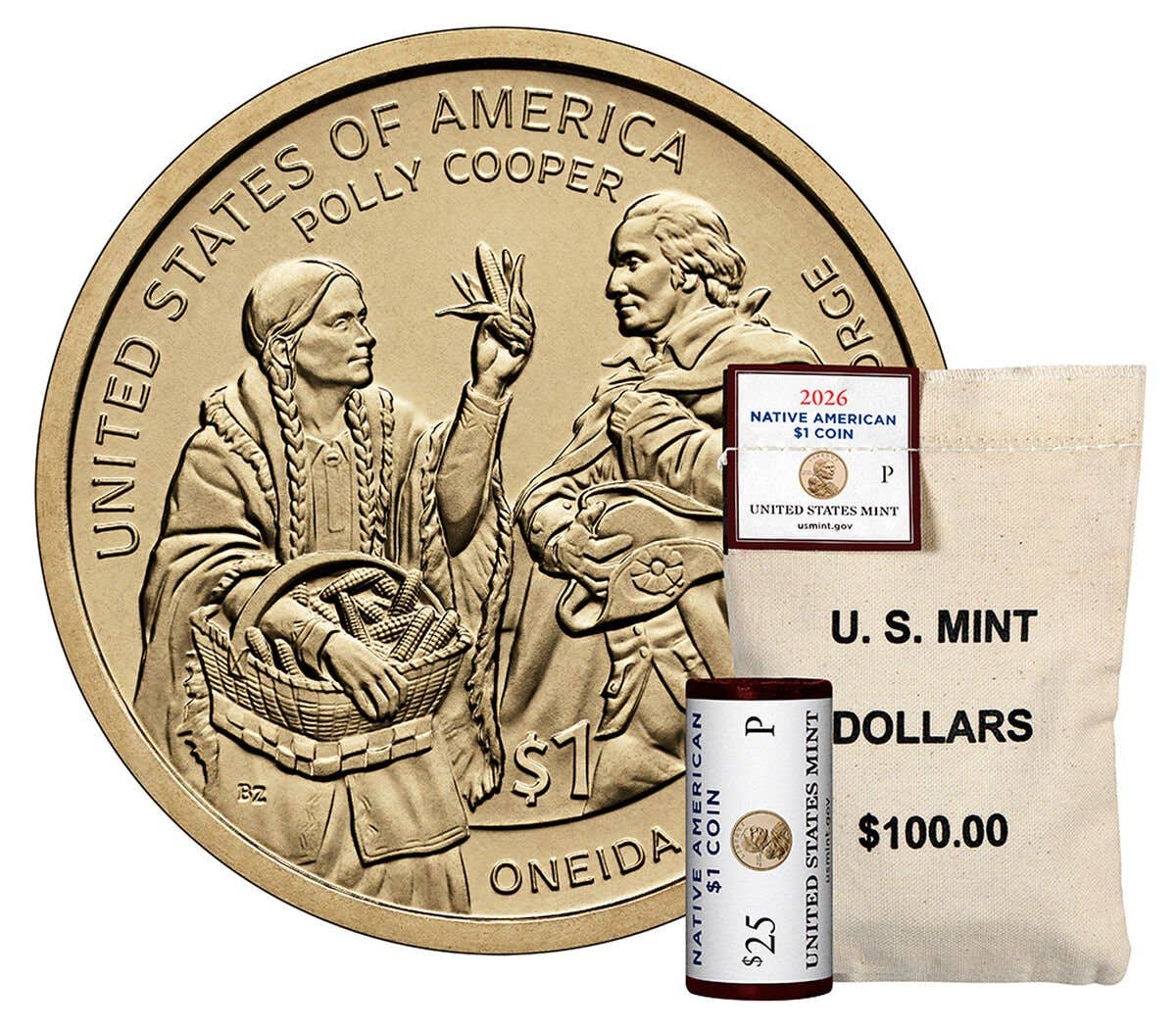German-Titled National Banks of Wisconsin
With the opening of the Erie Canal in 1825, large numbers of immigrants. many of whom were German, were able to travel inland to new areas of the United States to obtain land and settle.
With the opening of the Erie Canal in 1825, large numbers of immigrants were able to travel inland to new areas of the United States to obtain land and settle. Many of these people were Germans and tended to settle in areas with large numbers of other Germans. Not surprisingly, they settled in areas where Germans had already settled and retained German customs, religions, and cultural practices. By the 1880s, they were a majority in several cities.
On Jan. 7, 1890, the German National Bank of Oshkosh, #4196, was chartered. It was the first German title to be issued. This was during the Brown Back period of National Bank Note issues. The Oshkosh Bank issued two different varieties of the 5-dollar Brown Back. The first had the original State Seal of Wisconsin on the reverse of the notes. During the time this Brown Back was issued, the Seal was changed, the “sailor boy” on the right was modified and moved to the left, and the farmer was modified and moved to the right.
The second version is about half as common as the first. An interesting book on National banks and their seals was written by Dewitt G. Prather, United States National Bank Notes and Their Seals. The book was privately issued by the author and first distributed at the Memphis paper money show in the mid-1980s where I bought a copy. It is very interesting, and I believe it can be found here on Amazon.
The next German-titled bank to be issued was the German National Bank of Ripon. It issued second charter Brown Backs, second charter Date Backs, third charter Date Backs, and third charter Plain Backs until it changed its title to the American National Bank of Ripon in 1918. It is the most common German title bank and issued its notes until its title was changed in 1918.
The next German title to be issued was The German National Bank of Beaver Dam, charter #4602. It is a reasonably difficult bank to find, as I have only seen two examples offered since 2000. The one shown here is a second charter Date Back. This bank was chartered in 1891 and first issued a second charter, Brown Backs. It also issued third charter Date Backs until it changed its name to the American National Bank of Beaver Dam in 1918.
The next issued bank was charter #4744, The National German American Bank of Wausau. It first issued Brown Backs. Vice President Walter Alexander, a prominent Wausau businessman, signed this 1902 Date Back. He established a foundation that is still active in Wausau and has assisted various Wausau charities to this day. The bank also issued a second charter, Date Backs, and a third charter, Plain Backs. Bank President Benjamin Heineman addressed an assembly of stockholders in February of 1918. He had just returned from a trip to England, where prejudice against Germans was at a high point, with shop windows broken out and a very hostile climate in general. He spoke of how well-treated German Americans were in the United States. Wausau, in particular, and as we (The United States) were embarking on a war with Germany, he felt the only way to repay what he called the greatest country in the world was by changing the name of the bank to The American National Bank. There were no dissenting votes, and within just a few months, all the German title banks in Wisconsin had changed their name. They dropped German from their titles, and The Germania National Bank of Milwaukee became The National Bank of Commerce of Milwaukee.
This third charter Red Seal, The German American Bank of Shawano (pronounced Shawno) was chartered in 1902. It is a small town about halfway between Wausau and Green Bay. Shawano was a local Indian Chief.
The last German title to be chartered was the Germania National Bank of Milwaukee. It is a popular note and quite scarce. This note was in Chet Krause’s incredible Wisconsin National Bank Note collection, which I purchased at Chet’s Auction by Lyn Knight in St. Louis in 2008. It is a cherished memory of my friendship with Chet. This note completed my collection of German-titled National Banks of Wisconsin.









